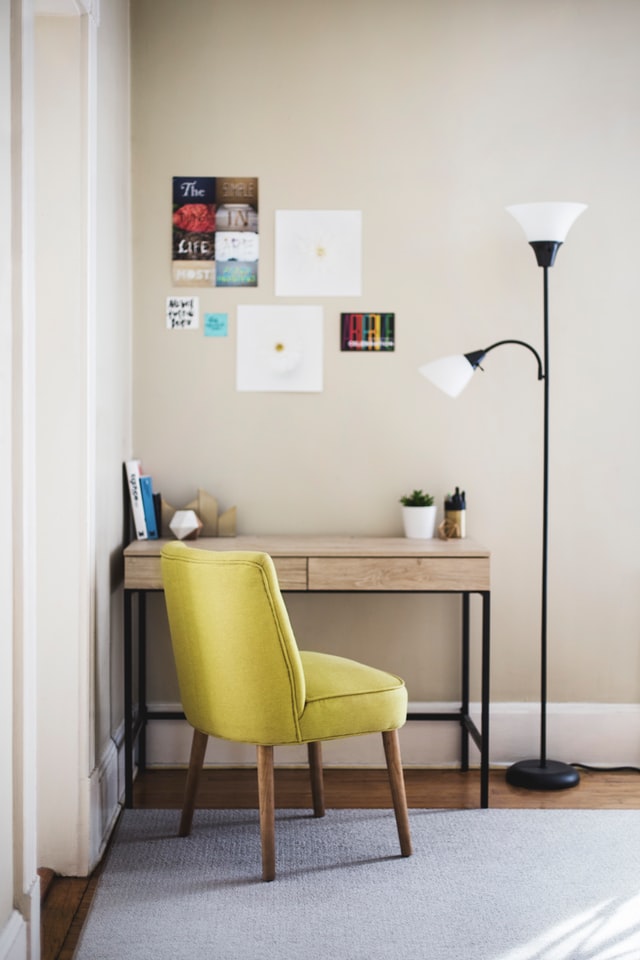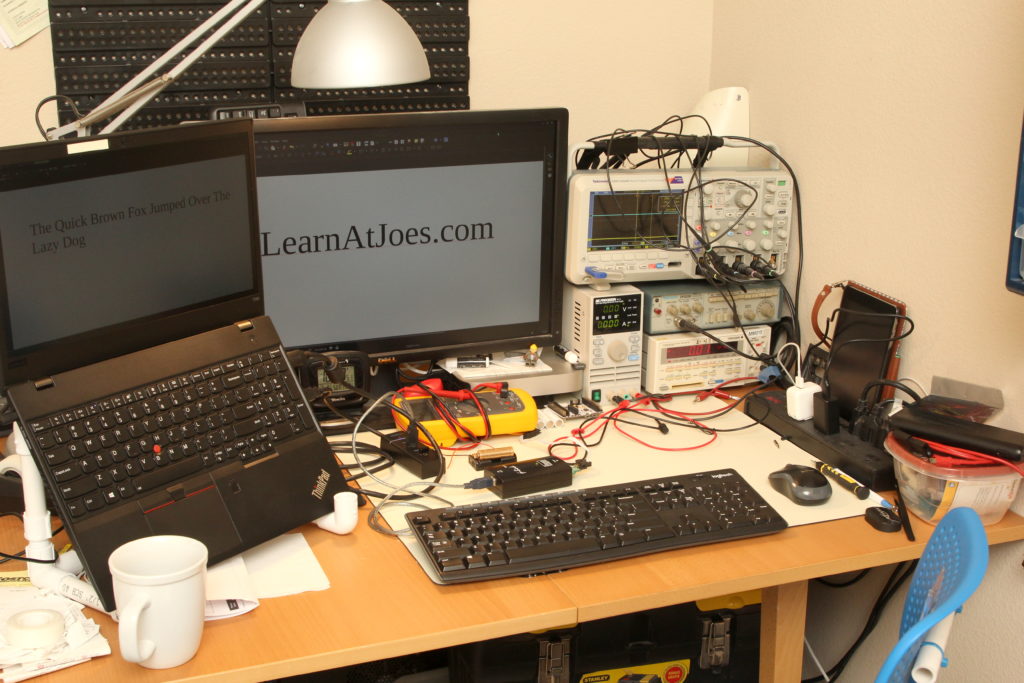New to full-time remote work? Mind these two words.

If you’re reading this in March of 2020, you might be working remotely if your type of work permits such work arrangement. Generally the “work from home” conjurers up the image of sitting in bed, on the living room sofa, or at the kitchen counter. For those who work from home on an incidental basis (say, just to care for family illness), opening up the laptop and punching away at the dining table between clearing the dishes is passable for the limited time.
For remote work on a regular basis, it is in your and your productivity’s interest to setup a dedicated workspace.
While nice, a spare bedroom turned into a home office is not necessary. And even so, it’s not the bulletproof distraction-free environment as Professor Robert Kelly can confirm. Just a place that you can set aside for ‘exclusive work use’ is sufficient if it can contain the tools and instruments you need for being online, and that space can be left alone when not working.
Generally a proper desk or an available table positioned at a slightly less trafficked part of the residence will do. (The mahogany table in the dining room that’s only used on Thanksgiving and Christmas would qualify). Adding a low bookshelf can add a virtual wall to enclose an otherwise open space if necessary.

The two immediate benefits of a dedicated workspace is
- It presents an opportunity for physical separation when working/not-working.
- The bench setup is not shuffled around due to other normal home events such as meal times.
The physical separation is important as its really easy to be distracted from work, or not fully unplugging after quitting time. In addition, you being in the dedicated workspace signals others in the home that “you’re at work”.
Often is the case that work projects don’t finish at end-of-business-day and continue the next work day. While you’ll prudently power-off instruments and stow away potentially hazardous items while off of work, the dedicated workspace saves you from daily full setup and tear-down so you don’t have to start every morning unpacking the office station.
If you’d like some ideas: here’s my current battle station, which happens to be in a corner of an otherwise unused guest bedroom:

–As you can guess from the nature of this site, my work involves (small) electronics, firmware, and software.
If you’re tight on space, or just need more room, you might consider a closet office such as my other setup when I used to run two stations.

Adoption and office-culture acceptance of remote work has historically varied but trended upwards in past years. Recent global events have pushed the remote work arrangement to the forefront, and various research has indicated mutual benefits for companies and staff.
As working remotely is now in the spotlight, lets join together show the world that as the sh!t. hits the fan, we can still get sh!t done!
For more tips on successfully working from home, check out:
- https://www.npr.org/2020/03/15/815549926/8-tips-to-make-working-from-home-work-for-you
- https://www.inc.com/jason-aten/7-tips-for-remote-workers-to-make-you-more-productive-less-stressed.html
- https://time.com/5801725/work-from-home-remote-tips/
One thought on “New to full-time remote work? Mind these two words.”